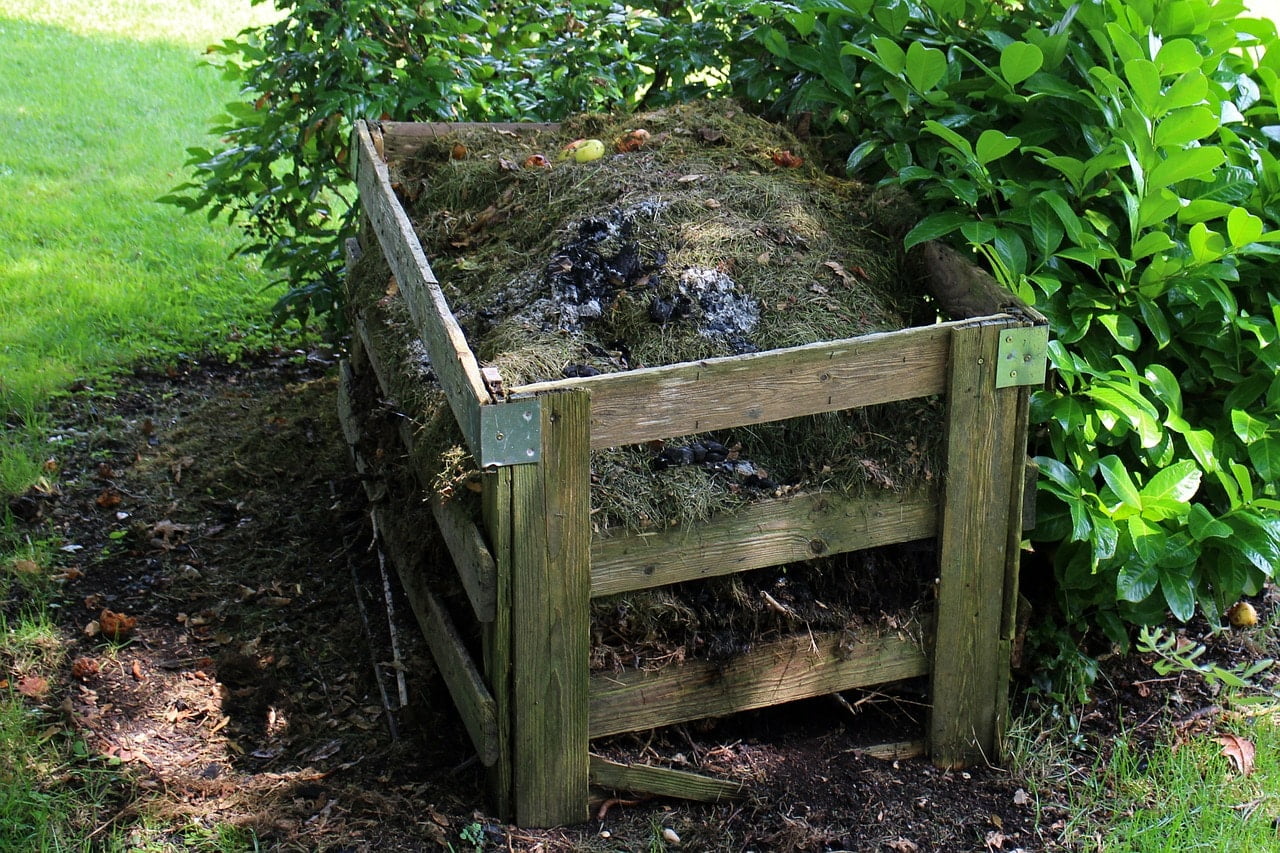Are you looking to maintain a lush and healthy lawn? One of the most critical steps is to properly fertilize your new sod.
Fertilization provides essential nutrients for your grass to establish deep roots and fortify cell structures, but it’s crucial to know when and how to fertilize to avoid overwatering and ensure optimal growth.
In this guide, we’ll explore the best fertilizer for new sod and provide tips on when and how often to apply it.
With our help, you’ll be able to maintain a beautiful, healthy lawn all year round.
So let’s get started and learn how to fertilize your new sod for a lush lawn!
Quick Takeaways
- Fertilizing new sod helps promote deeper root system and overall health.
- The first fertilizer application should be light and applied on installation day, followed by a full-strength application after 4-6 weeks.
- Slow-release fertilizer with potassium, phosphorus, and carbon is recommended for new sod, with a low level of nitrogen to encourage root development.
- Following standard timing for additional feedings throughout the year, as well as applying fertilizer around major holidays, can help maintain a lush lawn.
Nutrient Needs
You’ll need to give your new sod the right nutrients to ensure it grows into a healthy and lush lawn. These nutrients include potassium, phosphorus, and carbon, which help promote a strong root system.
Phosphorus is especially important for root development, while potassium helps your lawn resist drought and disease. Carbon, on the other hand, improves soil health, ensuring your lawn has the right nutrients to grow.
Without these nutrients, your new sod may struggle to establish itself, leading to a patchy and unhealthy lawn. By providing your new sod with the right nutrients, you can help it recover from the trauma of installation and promote quicker root growth and spread, making for a healthier and more resilient lawn.
So be sure to fertilize your new sod with a quality lawn fertilizer to help it thrive.
How Can Fertilizing New Sod Help in Growing Grass on Hard Packed Dirt?
Fertilizing new sod is crucial for growing grass on hard packed dirt. The nutrients provided by the fertilizer help the grass to establish deep roots and develop a strong foundation. It promotes healthy growth, increases tolerance to foot traffic, and improves resistance against diseases and pests. Fertilization also aids in achieving a lush and vibrant lawn.
Which Lawn Sweeper is Most Effective for Maintaining a Lush Lawn?
When it comes to maintaining a lush lawn, choosing the right equipment is crucial. The top lawn sweepers for yard maintenance are designed with efficiency in mind, ensuring that your lawn remains free from debris, leaves, and grass clippings. These highly effective tools save time and effort, allowing for a flawless and well-manicured yard all year round.
Fertilizer Application
Make sure to apply the first dose of fertilizer lightly and water it well on the day of installation. This is an important step in promoting proper root growth and establishing a healthy foundation for your new outdoor space. Overwatering after fertilizing can be detrimental to the growth of your new sod, so make sure to water it just enough to soak in the fertilizer and help the roots uptake the moisture and nutrients.
After 4-6 weeks, it’s time to apply another fertilizer application at full strength. Use a slow-release blend that will evenly distribute nutrients over several weeks. This will help your new lawn recover from the trauma of installation and aid in establishing a lush, healthy lawn.
Remember to follow the standard timing in your region for additional feedings throughout the year and to apply fertilizer around major holidays. With proper fertilization, your new sod will thrive and provide you with a beautiful outdoor space to enjoy.
Choosing the Right Fertilizer
Choosing the right fertilizer for your outdoor space is crucial for promoting healthy growth and establishing a strong foundation for your new sod. It’s important to choose a high-quality lawn fertilizer that contains the right blend of nutrients, including potassium, phosphorus, and carbon, with a low level of nitrogen. This will help your new sod develop a deep root system, resist drought and disease, and improve soil health.
To make it easier for you to choose the right fertilizer, here’s a table that shows the recommended N-P-K ratios for different stages of growth:
| Growth Stage | N-P-K Ratio |
|---|---|
| New Growth | 8-8-8 |
| Maintenance | 16-0-4 |
| Active Growth | Slow-release blend applied 3-4 times |
By following these ratios and using a slow-release granule, you can ensure that your new sod is getting the right amount of nutrients over several weeks. Remember to apply the first dose of fertilizer on installation day and water it well. And don’t forget to follow standard timing in your region for additional feedings throughout the year. With the right fertilizer, your new sod will be well on its way to becoming a lush, healthy lawn.
Frequently Asked Questions
How long should you wait to mow new sod after fertilizing?
Wait at least 24-48 hours after fertilizing new sod before mowing. Be sure to use a sharp blade and set the mower height to a high setting. Mowing too soon can damage the new grass and hinder its growth.
Can you use compost instead of fertilizer for new sod?
You should avoid using compost instead of fertilizer for new sod. While compost is great for soil health, it may not have the necessary nutrients for quicker root growth and spread. Use a quality lawn fertilizer to ensure a healthy lawn.
Is it necessary to aerate new sod before fertilizing?
No, it’s not necessary to aerate new sod before fertilizing. A light fertilizer dose on installation day, followed by a full strength dose 4-6 weeks later, will help establish your lawn. Don’t overwater after fertilizing.
How often should you water new sod after fertilizing?
After fertilizing new sod, water it well to help roots uptake moisture and nutrients. Avoid overwatering, as roots are shallow. Follow standard timing for additional feedings and water as needed during active growth stage.
Can you use a weed and feed fertilizer on new sod?
No, you should not use a weed and feed fertilizer on new sod. It can harm the young grass and stunt its growth. Stick to a quality lawn fertilizer with low nitrogen, high phosphorus, and potassium.
Conclusion
Congratulations on installing new sod! It’s important to fertilize it correctly to ensure your lawn stays healthy and lush. Remember, your new sod needs essential nutrients to establish deep roots and fortify cell structures.
When it comes to fertilizing new sod, timing is everything. A good rule of thumb is to apply fertilizer four to six weeks after installation and again six to eight weeks later. Be sure to choose the right fertilizer based on your lawn’s nutrient needs, and follow the application instructions carefully to avoid overwatering.
With these tips, you’ll be on your way to a beautiful, healthy lawn that will thrive for years to come.








